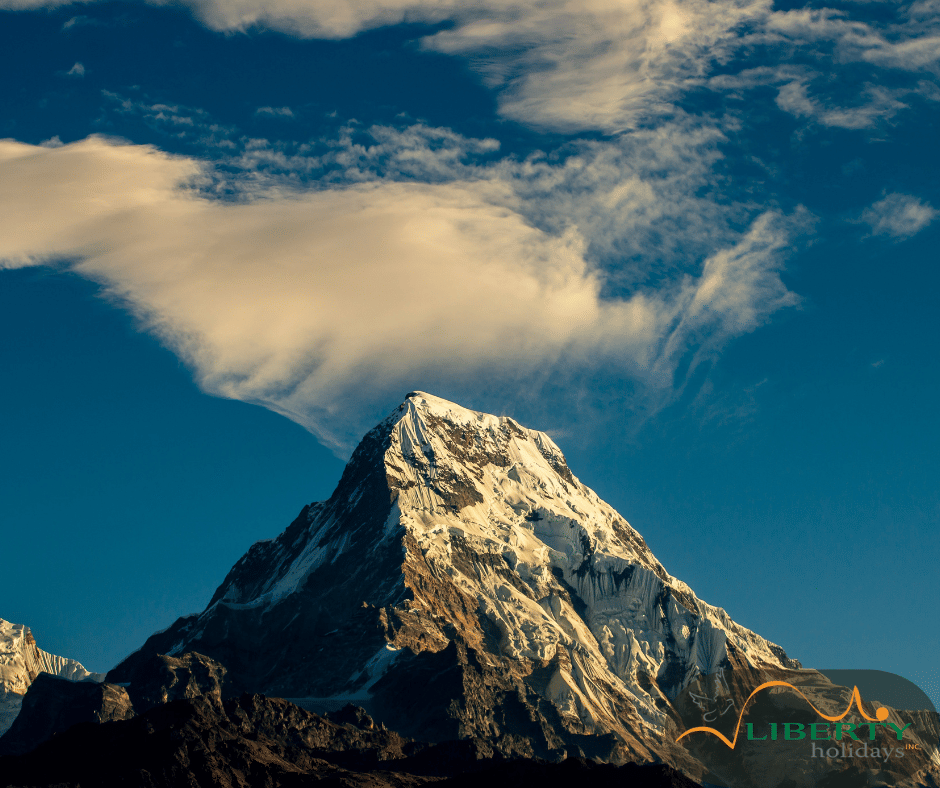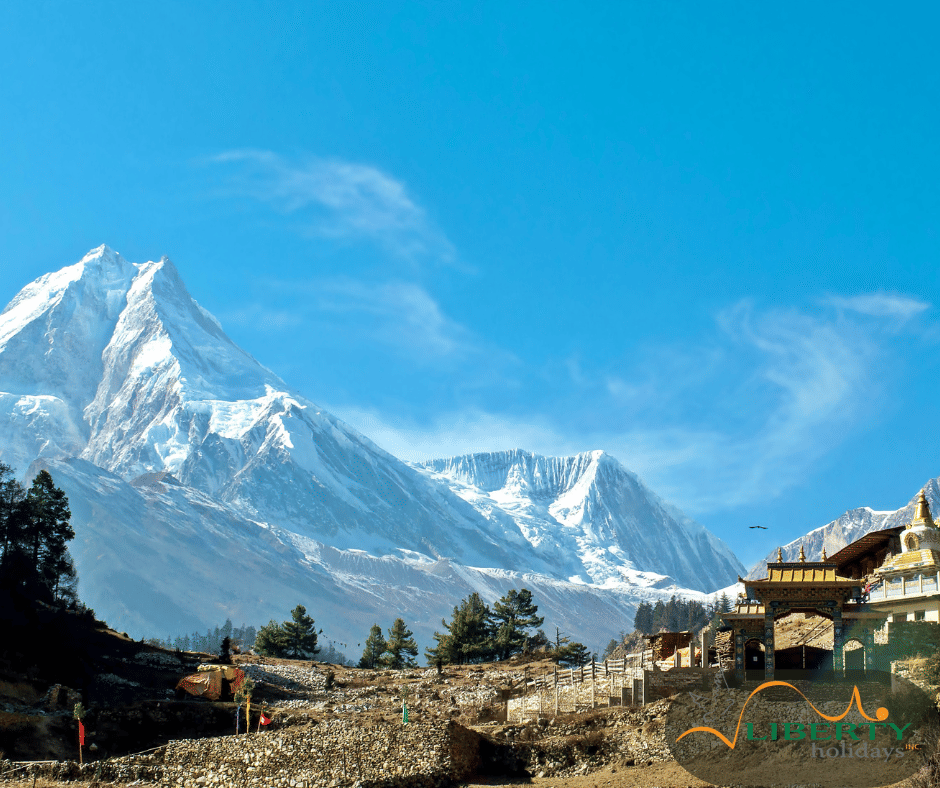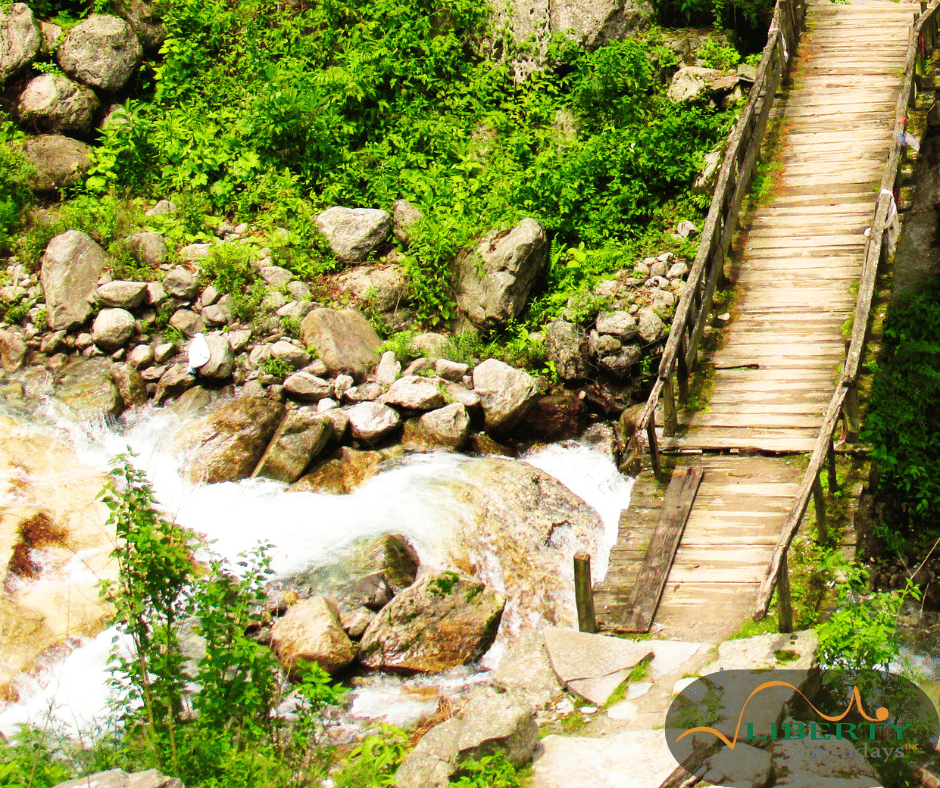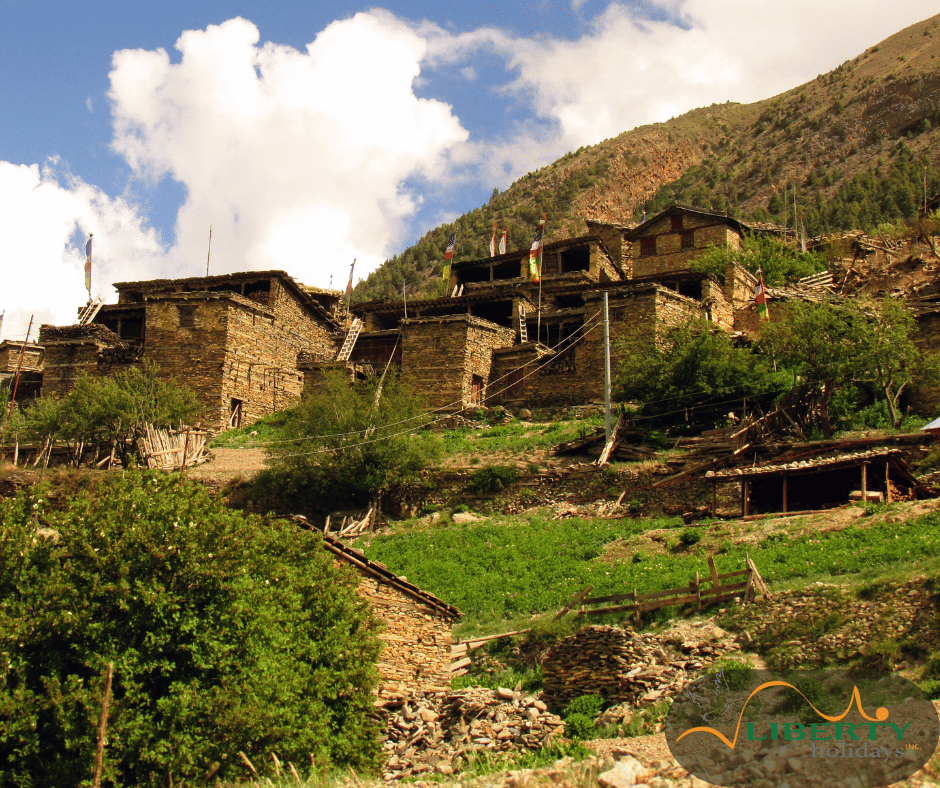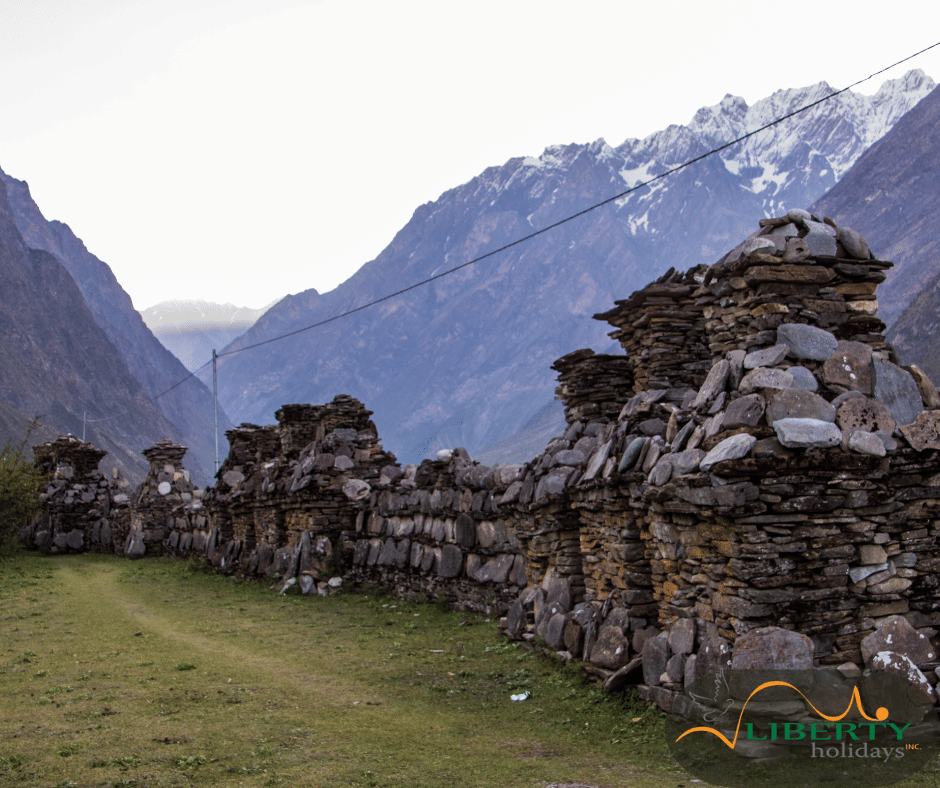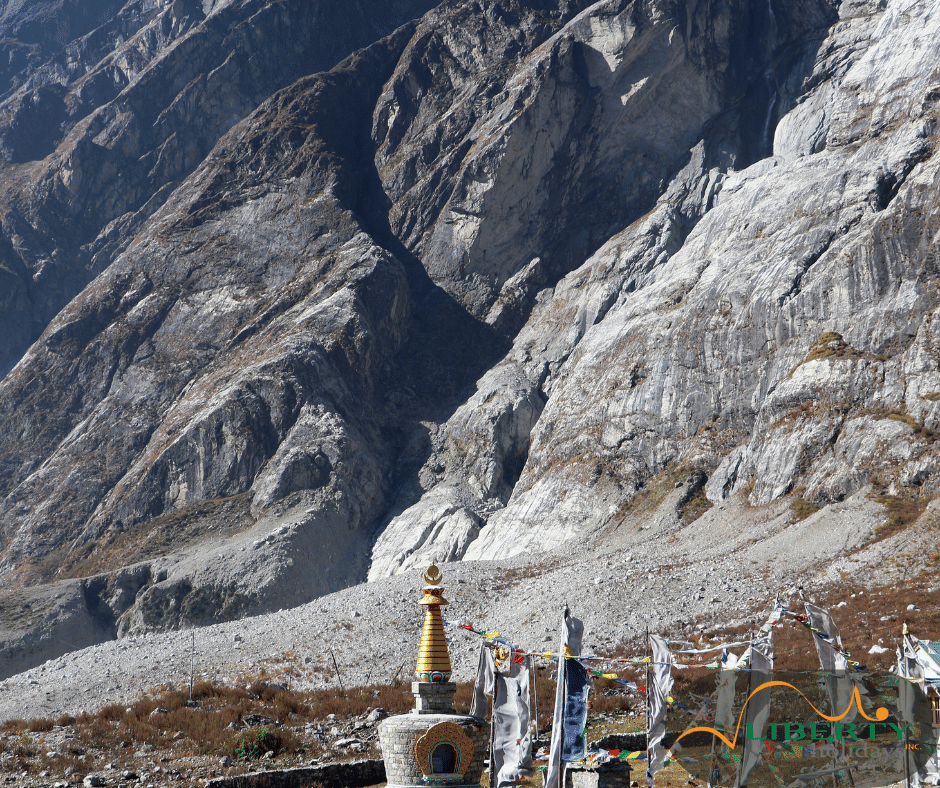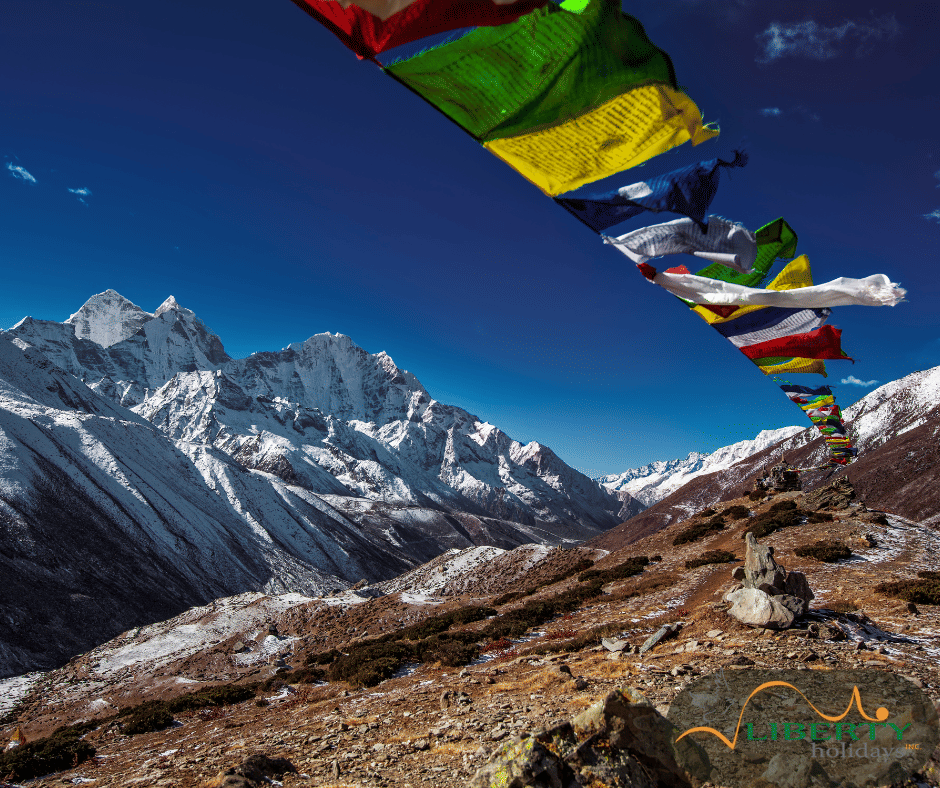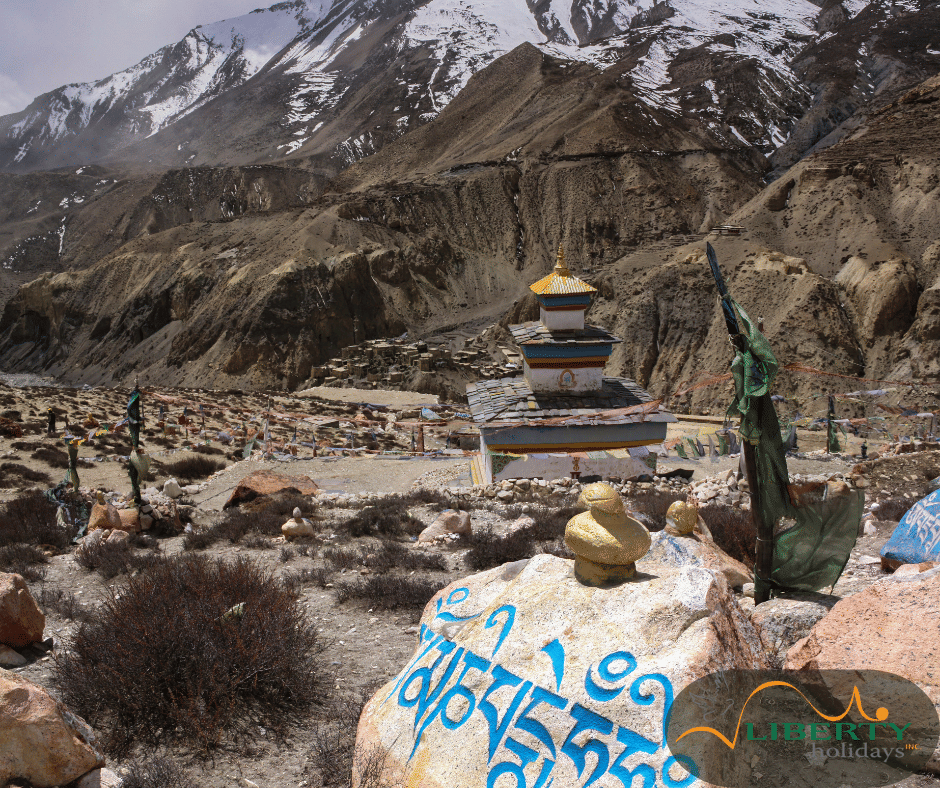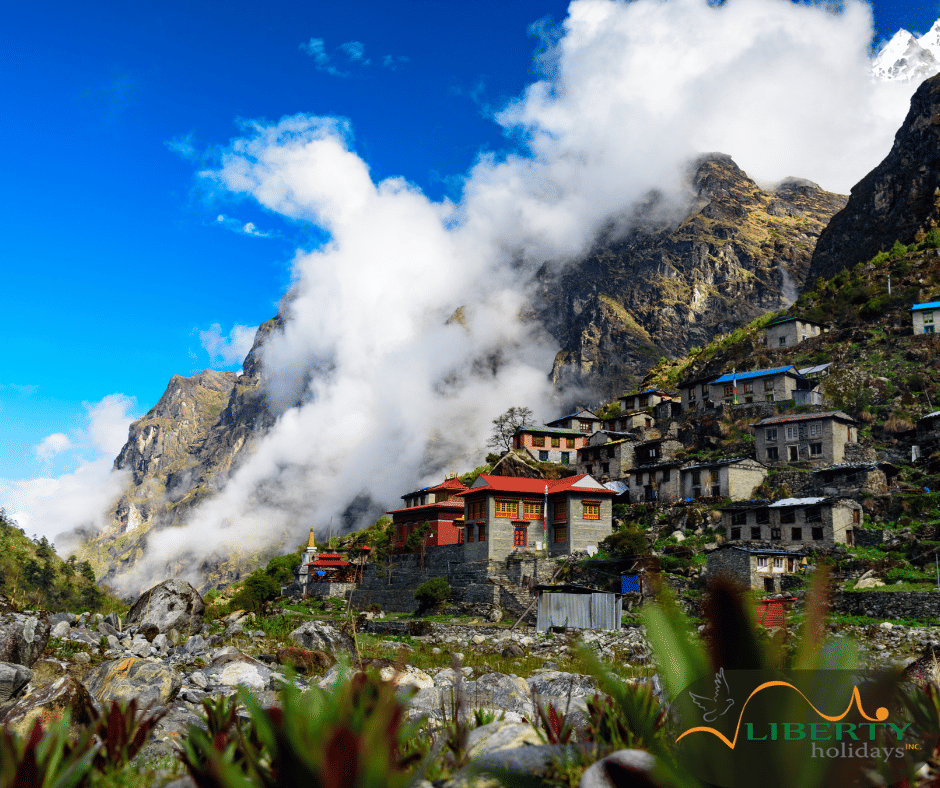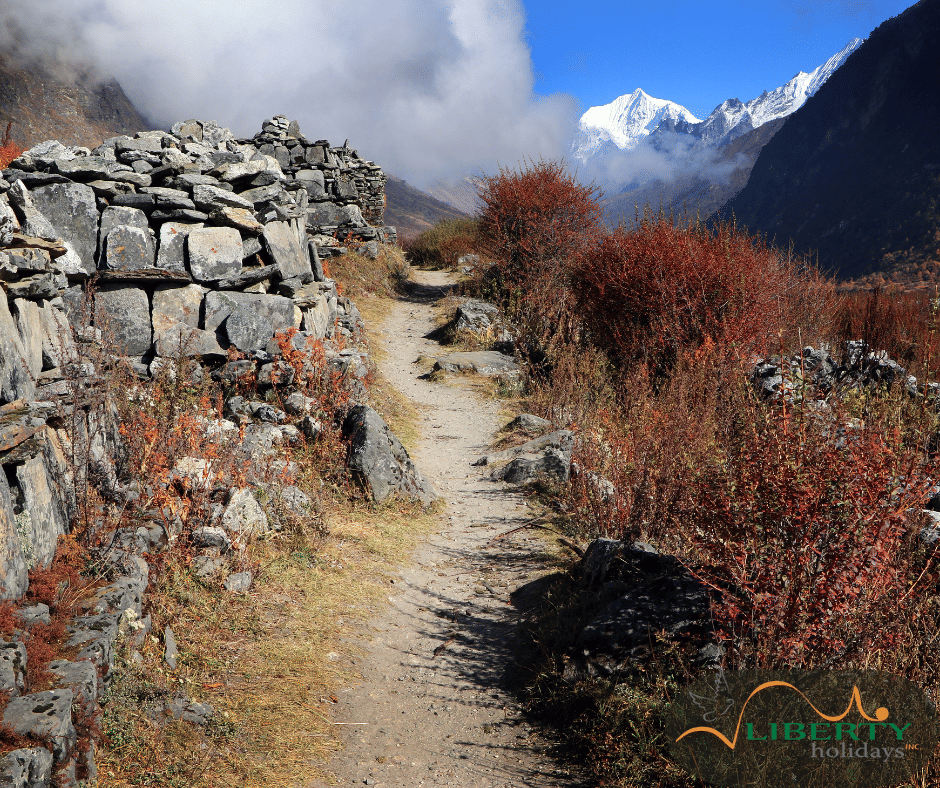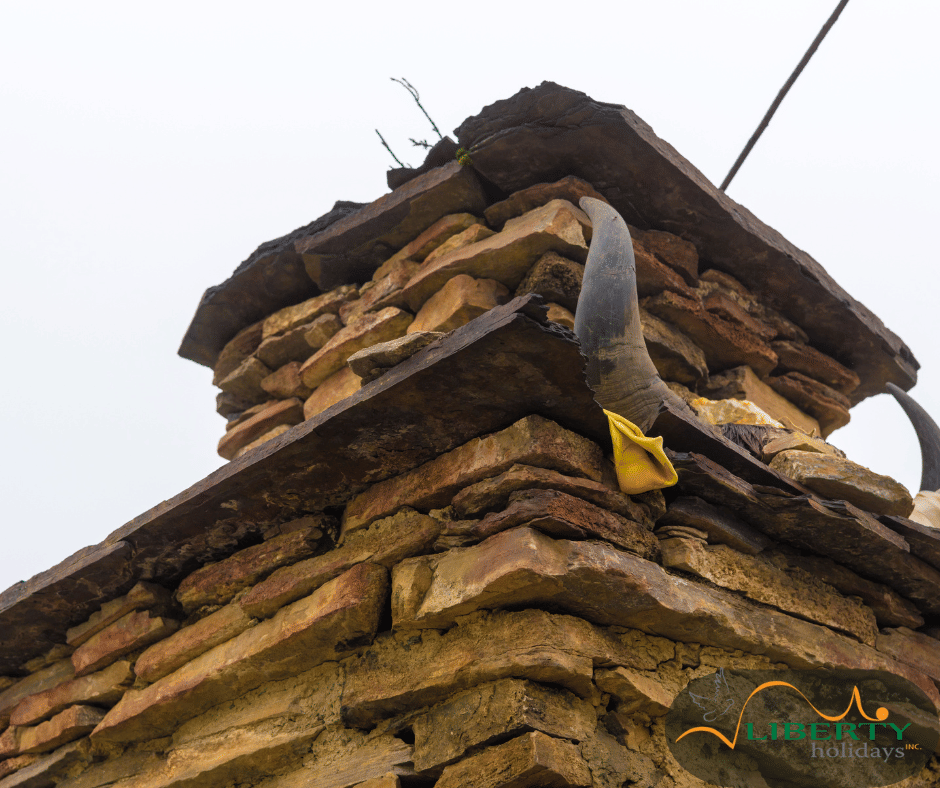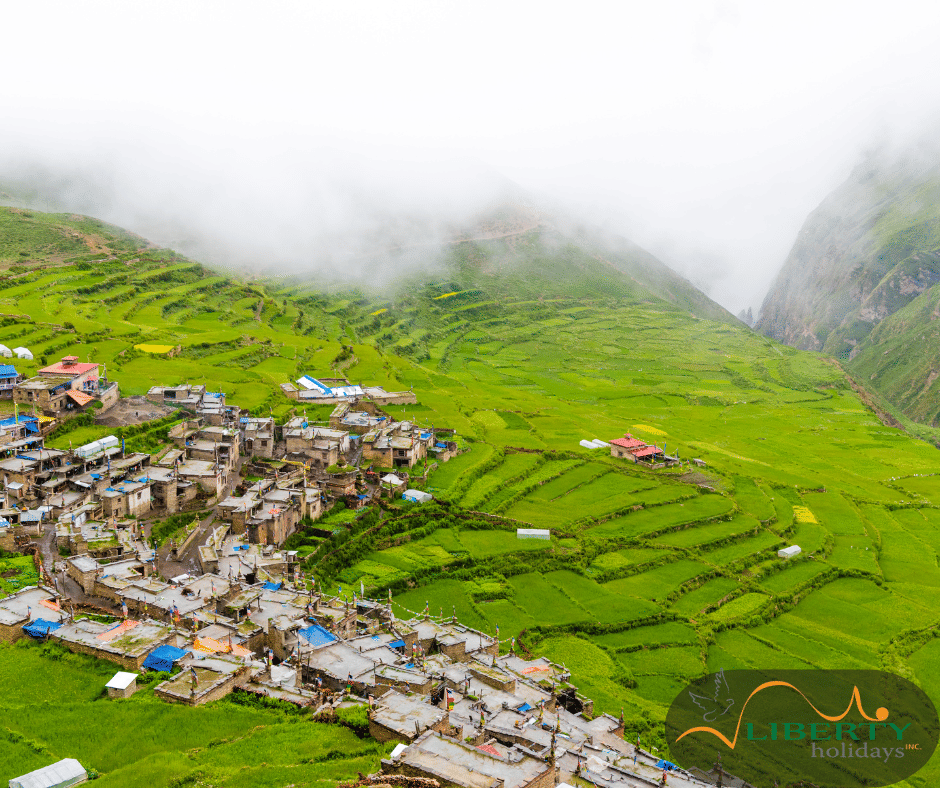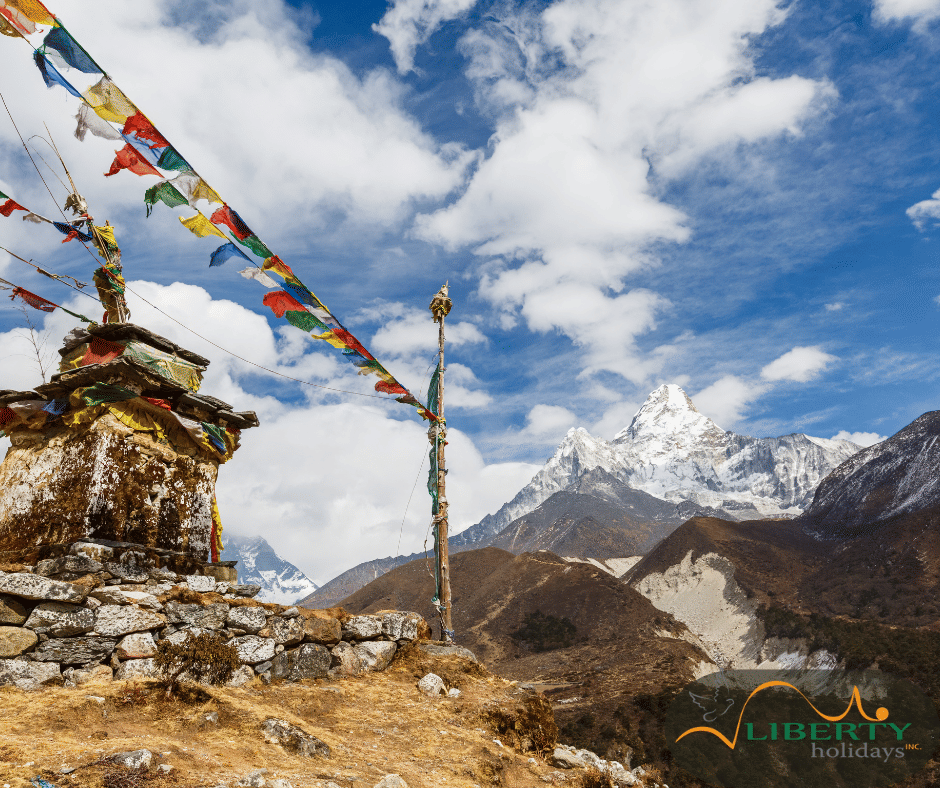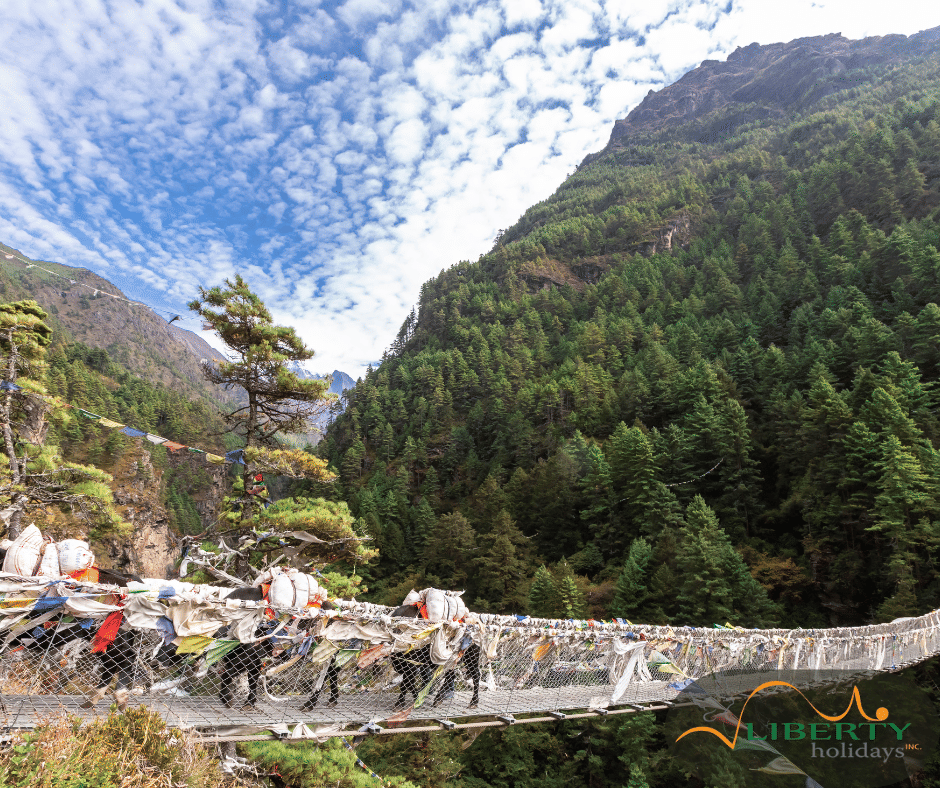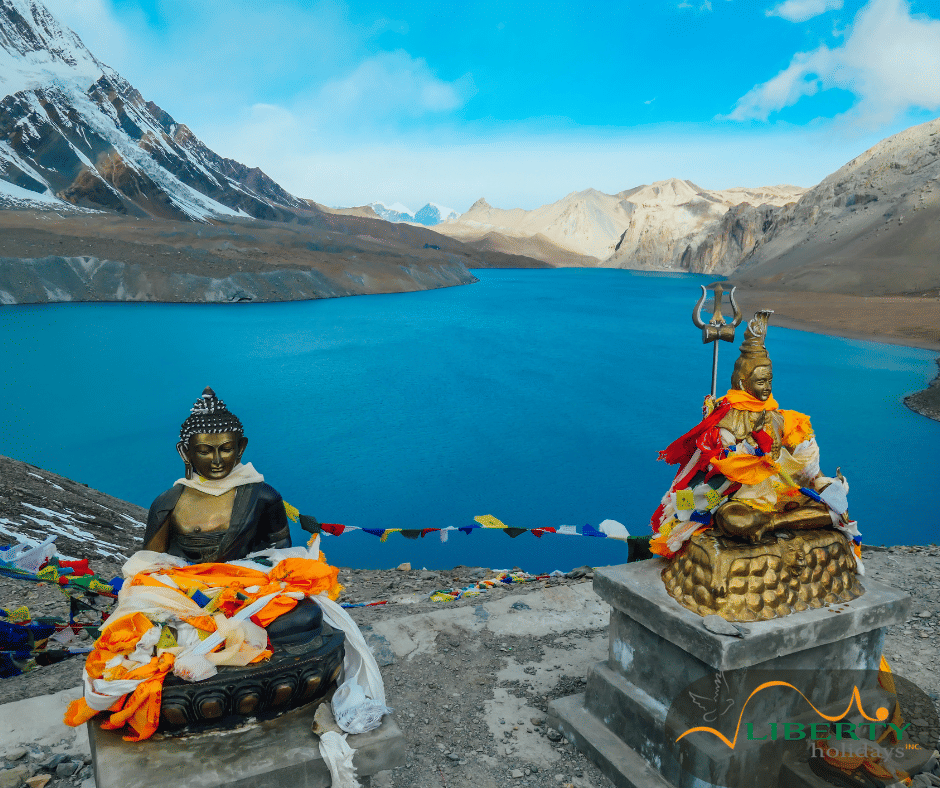19 Days Nar Phu Valley Trek: A symphony of solitude and awe
The 19-day Nar Phu Valley trek combines the Nar and Phu villages in Nepal’s Annapurna conservation area. The trail winds through ancient gompas, narrow canyons, and showcases the unique Tibetan ethnic culture.
19-Day Nar Phu Valley Trekking: Explore the Hidden Gem of Nepal
The 19-day Nar Phu Valley trek combines the enchanting Nar and Phu villages in the Annapurna conservation area of Nepal. As you traverse this captivating trail, you’ll encounter ancient gompas, traverse narrow canyons, and immerse yourself in the unique ethnic culture of the Tibetan inhabitants. The living standards of these remote communities provide a fascinating glimpse into their way of life. The trekking trail seamlessly joins the renowned Annapurna Circuit Trek from Brabal in the Manang district.
Highlights of the Nar Phu Valley Trek:
- Three High Passes: The Nar Phu Valley boasts three distinct passes: Phu Pass (5050 m), Nar Pass (5400 m), and Kangla Pass (5306 m). These high-altitude crossings offer breathtaking vistas and a sense of adventure.
- Newly Opened Trail: The Nar Phu Valley trek is a relatively new addition to the Annapurna region, making it an exciting and less-traveled route.
- Untouched Wilderness: Our dedicated team invites you to explore virtually untouched trekking trails. The journey is both adventurous and enlightening, with safety as our top priority.
- Nature, Culture, and Geography: Immerse yourself in the natural beauty, rich culture, and diverse geography of the Nar and Phu Valley.
- Group and Private Treks: Whether you join a group or opt for a personalized adventure, we ensure reasonable costs and exceptional service.
- Expert Guides: Our government-licensed trekking guides are well-versed in the route and the hidden cultural gems along the way.
- Restricted Area: The trek to Nar and Phu lies within Nepal’s restricted trekking zone. To explore this pristine valley, secure determined trekking permits and Annapurna conservation permits.
- Comprehensive Support: Boundless Adventure provides trekking porters, essential equipment, and all necessary permits.
- Spectacular Views: The Nar Phu Valley trek offers awe-inspiring vistas of Mount Annapurna, Lamjung Himal, and the Manaslu Himalayan range. These majestic peaks create a dramatic backdrop for your adventure.
- Distinctive Himalayan Beauty: As you explore this hidden gem, you’ll encounter breathtaking mountain panoramas and embark on adventurous hikes. The rugged terrain and pristine landscapes are characteristic of the Himalayas.
- Natural Landscape and Annapurna Panorama: The natural beauty of the region is unparalleled. The panoramic view of Annapurna is nothing short of fantastic, leaving trekkers in awe of the surrounding wilderness.
- Snow Leopard Territory: The Nar Phu Valley is known for its elusive snow leopards. Observing these magnificent creatures in their natural habitat is a highlight of the trek.
- Cultural Exploration: Immerse yourself in the rich cultural tapestry of the region. Explore traditional Tibetan Buddhist settlements, visit the Tashi Lha Khang monastery, and discover ancient monasteries that reveal centuries-old traditions.
- Essential Considerations:Physical Fitness:
Being physically prepared is crucial for a successful trek. Train well before embarking on this adventure.
Safety: Prioritize safety during the trek. Follow guidelines and listen to your experienced guide.
Acclimatization: Adjusting to the altitude is essential. Take acclimatization days to allow your body to adapt.
Guides, Permits, and Equipment: Trustworthy trekking guides, necessary permits, and proper equipment are vital for a smooth journey. - Starting Point: The trek begins with a westward drive from Kathmandu to Besisahar by car or jeep. From there, you can choose either a three-day trek to Koto or continue with a forward drive. Koto serves as the starting point for the Nar Phu Valley trek.
Nar Valley Trekking
Nar Valley Overview:
- Location:
The Nar Valley is situated near the Pisang Peak, at an elevation of 4110 meters (13484 feet).
Panoramic Views: Perched atop a hill, the valley offers breathtaking panoramas of the Himalayas.
Ethnic Background: The majority of Nar Valley residents are ethnically Tibetan, which significantly influences their religious practices and daily way of life.
Historical Roots: The village traces its origins back to Tibet’s ancient Shang Shung Kingdom, with settlers arriving in the valley during the 8th century. - Local Lifestyle:Traditional Homes:
Approximately 100 houses in Nar Valley are constructed from mud and stone, reflecting the traditional architectural style.
Warm Hospitality: The friendly locals warmly welcome travelers, always ready to offer hospitality with genuine smiles.
Spiritual Heritage: Five significant ancient monasteries dot the village landscape, emphasizing the valley’s adherence to Tibetan Buddhism. - Challenges and Facilities:Remote Setting:
As a remote destination, Nar Valley lacks modern facilities such as transportation and hospitals.
Embrace the Authentic: Travelers seeking an authentic experience will appreciate the simplicity and untouched beauty of Nar Valley.
Phu Valley Trek
- Elevation:
Phu Valley is situated at an impressive altitude of 4080 meters (13385 feet) above sea level.
Historical Roots: Founded in the 10th century by Tibetan herders and merchants, Phu Valley has a rich cultural heritage.
Lifestyle: Most families in the valley rely on farming, and yaks play a crucial role in plowing the fields.
Warm Hospitality: The locals, known for their kind nature, extend warm hospitality to visitors, making you feel right at home. - Scenic Rewards:Panoramic Views:
The journey to Phu Valley offers a sense of accomplishment, with dazzling vistas of Himlung Himal, Pokhar Kang, and other snow-covered peaks.
Monasteries: Around the village of Phu, five prominent monasteries stand as spiritual landmarks. Among them, Tashi Gompa holds special significance.
Kang-La pass trek
Kang La Pass: A High-Altitude Trek in the Annapurna Region
At an elevation of 5,306 meters, Kang La Pass stands as the second highest point on the Nar Phu trek, following Nar Pass at 5,400 meters. Located within the Annapurna Conservation Area, this pass plays a crucial role in connecting the Nar and Phu valleys to the Manang village—a key stop along the Annapurna Circuit trek.
Key Highlights:
- Altitude and Location: Kang La Pass is situated at the base of Kangla Himal, offering stunning views of the surrounding peaks.
- Wildlife: Keep an eye out for the elusive Snow Leopard, which occasionally roams the area.
- Seasonal Variation: During winter, the pass is blanketed in snow and surrounded by icy mountains.
- Teahouse: At the pass’s summit, trekkers can find a teahouse, open from April through December.
The Kang La Pass Trek provides an opportunity to explore the breathtaking landscapes and rich cultural heritage of the Nar Phu Valley. It’s a challenging yet rewarding adventure that combines natural beauty with Tibetan culture.



